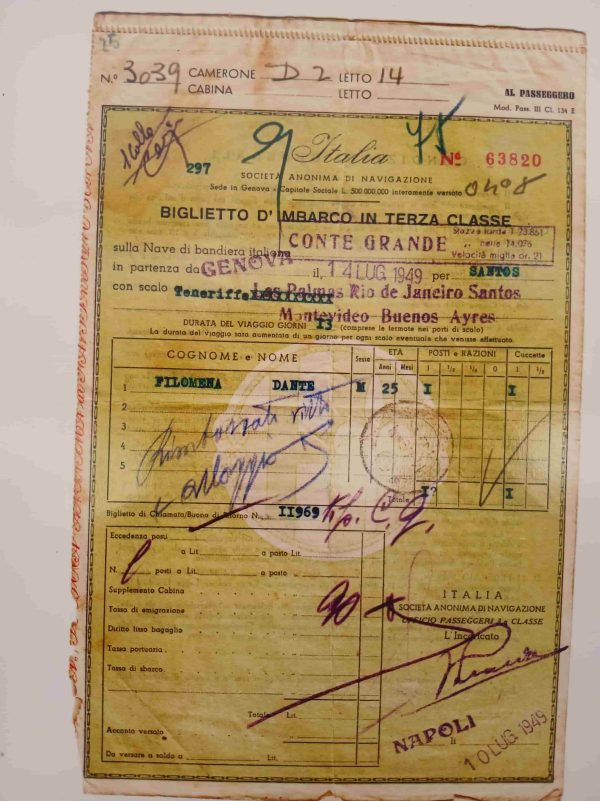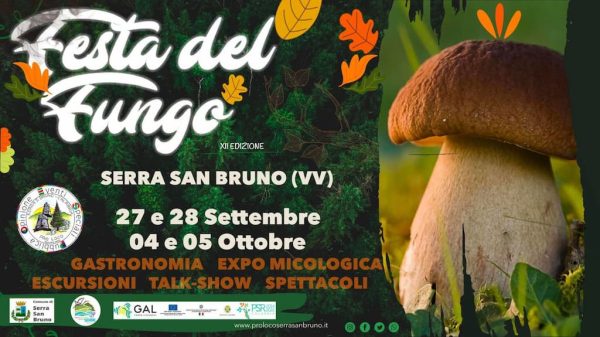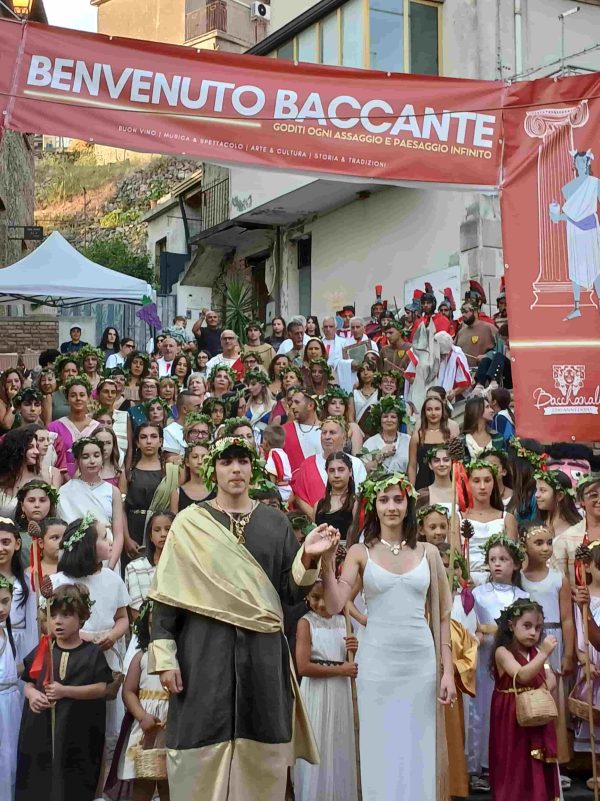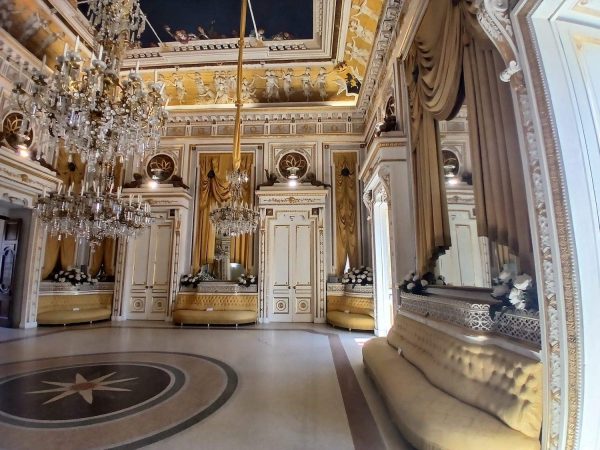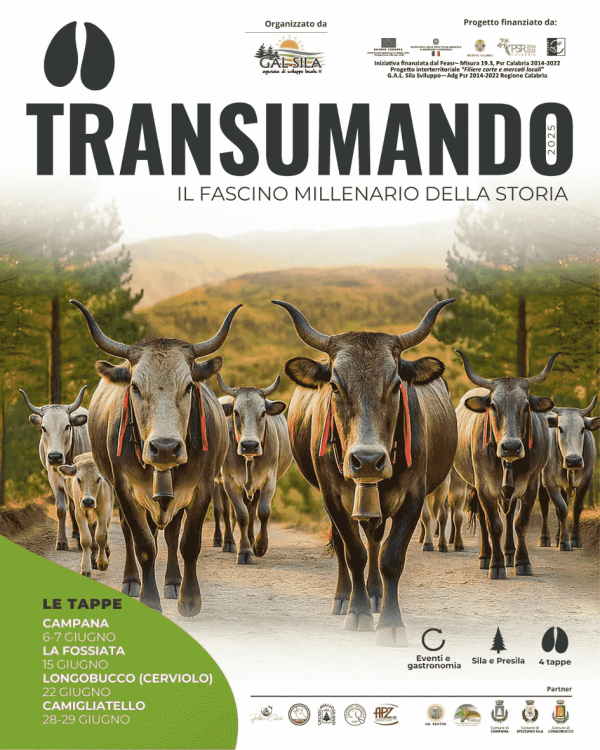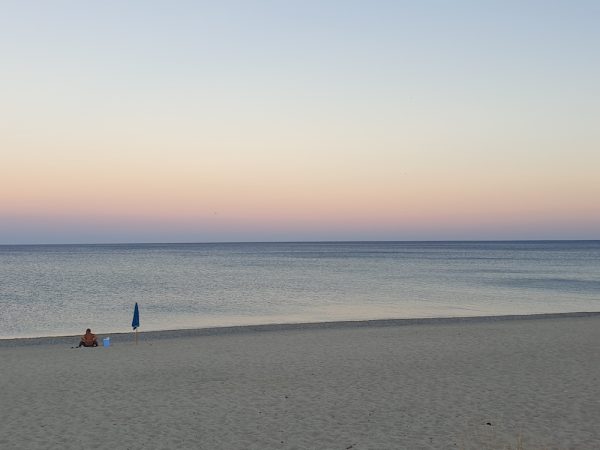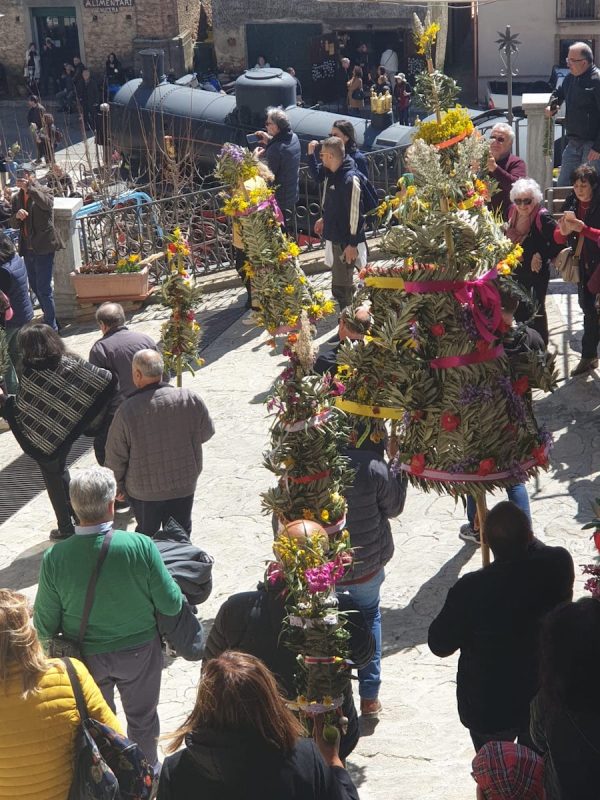
This unique citrus fruit, whose scent everyone knows but which few have ever seen, grows in Calabria.
Along a narrow coastal strip about a hundred kilometers long, bordering the Ionian Sea and reaching up to around 300 meters above sea level, 95% of the world’s bergamot production is harvested.
As in all citrus orchards, the air is filled with fragrance during the blooming season — but with bergamot, the magic continues even at harvest time.
The fruit releases tiny particles of essential oil that perfume the atmosphere and lift people’s spirits: this precious essence actually stimulates the production of the “happiness hormones.”
Even if you’ve never seen or touched a bergamot, many of us have already tasted it — perhaps without realizing — in a cup of Earl Grey tea.
But how did this Mediterranean fruit become linked to a tea that comes from the other side of the world?
Legend has it that an English ship belonging to Sir Grey, returning from India with a cargo of tea, stopped in Calabria to take on board flasks of bergamot essential oil destined for the perfume trade.
While crossing the English Channel, the ship was caught in a storm: the flasks shattered, and the oil spilled into the hold, soaking several sacks of tea.
Convinced that part of the cargo was ruined, the crew nevertheless decided to taste the “contaminated” tea.
The result was so delightful that it gave birth to the legendary blend we still enjoy today — and with every sip of Earl Grey, a little piece of Calabria travels all the way to our teacups.
In the photo above, you can see bergamot peels drying.
They will later be shipped to major tea houses, some of which still use the natural, organic product.
Another time, I’ll tell you how bergamot found its way into eau de Cologne, its connection with the famous Café Procope in Paris, and why it grows so beautifully in this blessed land of southern Italy.

